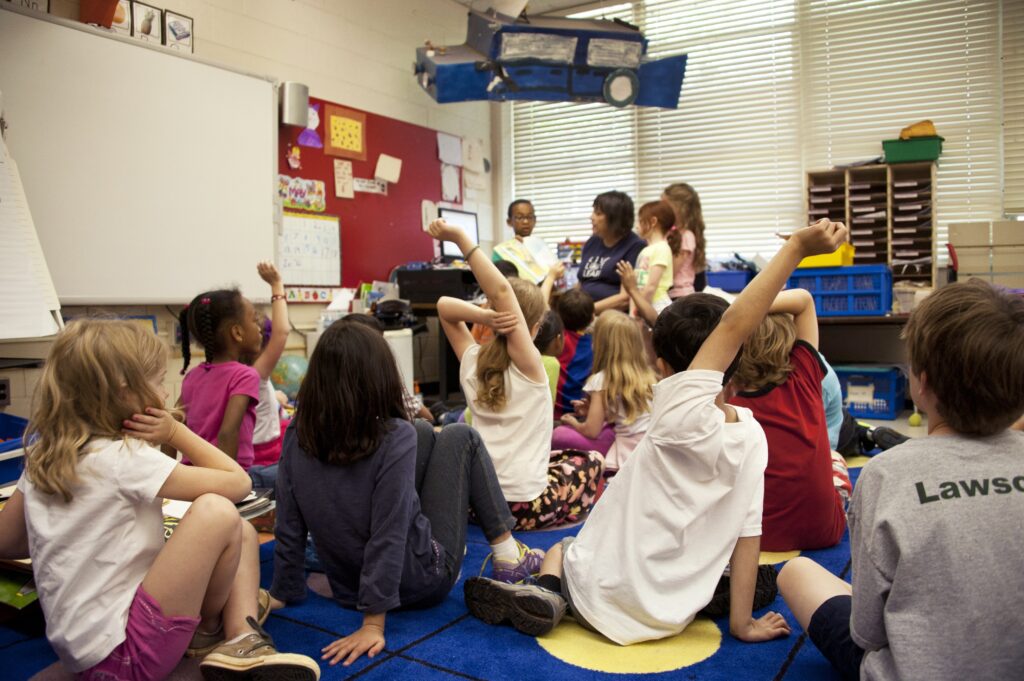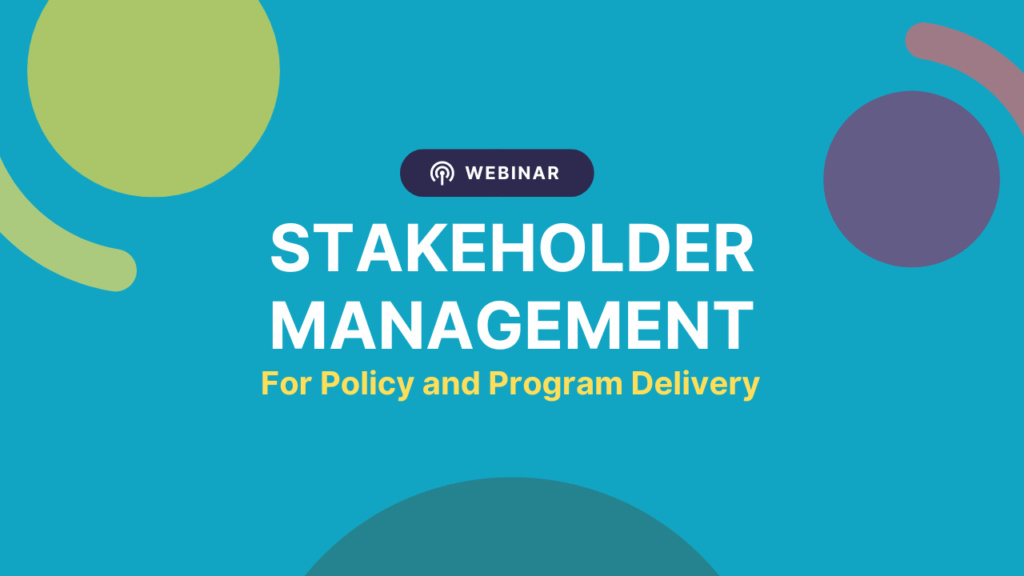What is Education’s Impact on Social and Civic Engagement?

Interested in how civic and social engagement are impacted by education? If not, you should be…
Civic engagement is a form of stakeholder engagement that focuses on participation in either political activities, community activities, or both. It delivers a wide range of benefits, like better community relationships, social cohesion, growth, individual responsibility, and better governance. In fact, broad civic engagement and public participation are considered essential elements of a successful democracy.
So, if you want to encourage creator civic and social engagement in your community (and based on the above benefits, you probably should!), what can you do?
One of the main ways to increase civic engagement is education.
To understand how the two are related (and what areas governments could focus on for greatest impact), let’s look at what the research says on how education impacts civic and social engagement.
Literacy is a Prerequisite for Civic Participation

It might sound obvious, but many forms of civic engagement and citizen participation require basic literacy. Schools and educational institutions, therefore, play an important role in equipping future citizens with reading, comprehension, writing, and communication skills needed to consume materials, understand complex terminology, ask questions, and argue their perspectives.
In fact, it’s fair to say that information literacy and political literacy go hand in hand — as both empower students to form opinions and make decisions based on appropriate and quality information.
Civic Engagement Inequality Correlates with Education Inequality
Without a good education, it can be much harder for people to get engaged in policy making — and ensure representation and involvement in the democratic process. This is particularly pronounced in certain demographics that may struggle to complete their education.
So, what does this mean for governments and policymakers? Solving civic engagement inequality requires going upstream — to address challenges different groups may have with getting an education.
Adolescence is a Critical Time
Adolescence is a critical time that shapes children into who they’re going to be as adults — including how engaged they’ll be in civic issues. A study discovered that competence and activity involvement during adolescence predicted citizenship and volunteering in adulthood some 10-15 years later.
And of course, much of adolescence is spent in school environments.
Civic Engagement Starts at School
Evidence shows that well-designed civic education has long-lasting, meaningful impacts on young people’s civic engagement.
Schools can both equip students with both an understanding of civic life, and give them the skills and values needed to actively influence and participate in that civic life.
Of course, that doesn’t mean that more education will necessarily lead to greater civic engagement. Despite the increase in formal education in the United States, measures of political knowledge have remained flat for decades — and many indicators of civic involvement have declined. So, it’s worth looking at the specific aspects of schools and education that have the greatest positive impact.
The main aspects of schooling that impact civic engagement and learning include classroom instruction, extracurricular activities, service learning, and a school’s ethos.
Students and College-Educated Homes Predict Engagement
A study looked at the social and civic engagement activities of young people in their late teens, compared to their late twenties. It found that those who were engaged in more social and civic activities were more likely to enter into higher education. In turn, higher education also led to a small increase in civic engagement. There could be a number of reasons for this, like:
- College youth accessing institutional opportunities for civic engagement that their peers otherwise would not have
- College-educated professionals having more time, money, and motivation to participate in civic engagement activities
- College students developing a greater understanding of the important of civic engagement, and the opportunities to participate
- College students being able to build larger networks, which correlates with greater engagement in civic activities
All in all, colleges could be considered a central institution for younger generations to begin sustained civic engagement. And not only that, but their future descendants, too. Of all social groups studied, the children of professionals were most likely to be involved in civic activities.
Service Learning and Community Engagement

It’s worth mentioning the concept of service learning, which can be closely related to civic engagement. Service learning involves students engaging in theoretical learning in the classroom, while deepening their practical understanding of the concepts through volunteering opportunities. This approach is most common in higher education settings, but is also found in some secondary schools and (to a lesser degree) some primary school classrooms.
Democratic School Environments Matter
The school climate itself can contribute to civic engagement in young people. A study looking at 11-15 year olds found that a more democratic school environment was associated with higher levels of adolescent civic responsibility — and therefore, a stronger likelihood of future civic participation as an adult.
Research uncovered that schools could encourage greater civic identity and action by:
- Promoting discussion and debate of critical issues
- Providing quality extracurricular and student government activities
- Building on service types that are shown to enhance civic participation in and identity with the community
Schools should consider how activities and initiatives like student councils, voting, leadership, and volunteering could prepare students for similar governance systems and participation in the real world.
Education Institutions Aim for Civic Engagement

Many schools and educational institutions specifically aim to produce students that are civically engaged — and equipped to participate in society as informed, responsible citizens.
For instance, the Australian Curriculum for Prep to Year 10 includes a learning area on Civics and Citizenship, that is, “all about ensuring students have the skills and values to become active and informed citizens.”
And the University of Manchester states on their website that “civic engagement is a core part of [their] vision and strategic plan.”
It’s clear that many educational institutions are aware of their impact on civic engagement, as well as their social responsibility to help produce the next generation of engaged adults.
Learn More
Interested in learning more on this topic? Explore our other resources:
What is Civic Engagement? Definitions, Examples, How Tos, and More [Blog]
Community Engagement: Definitions, Benefits & Examples [Blog]
Stakeholder Engagement in Government Organizations: Definitions, Barriers & Benefits [Blog]
7 Signs You’re Getting Your Community Engagement Right (or Wrong) [Blog]
Stakeholder Management for Policy and Program Delivery [Webinar]






























